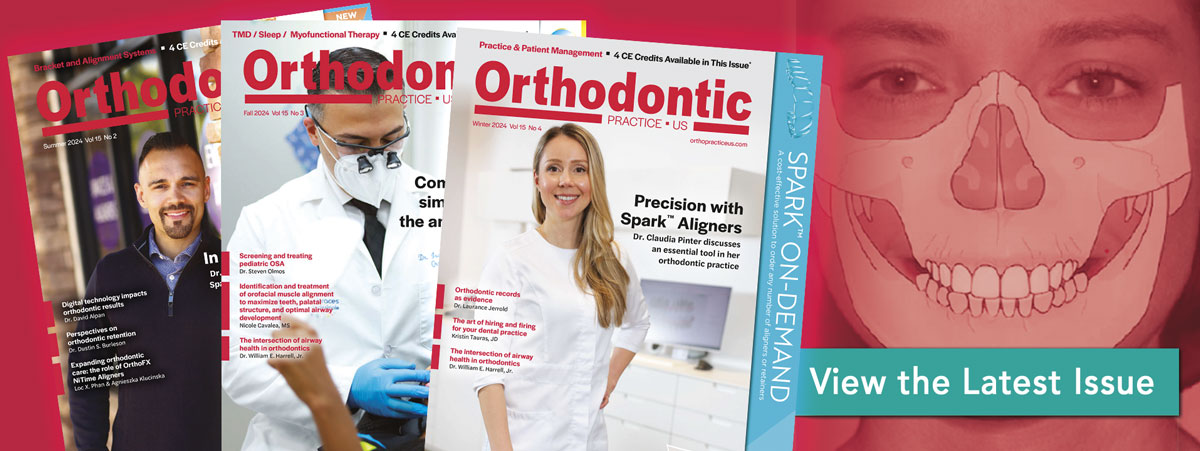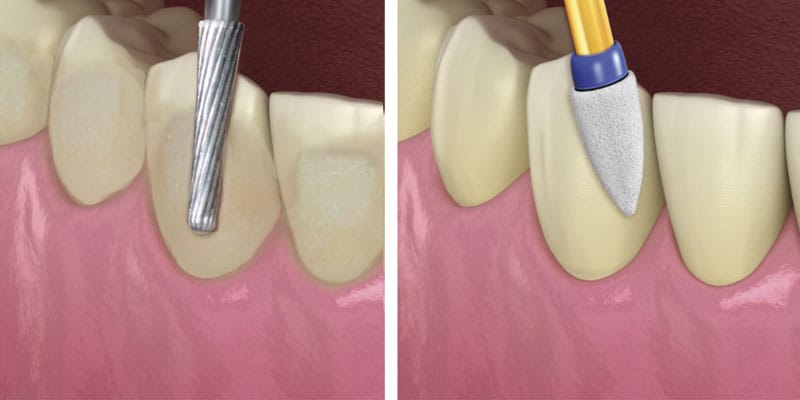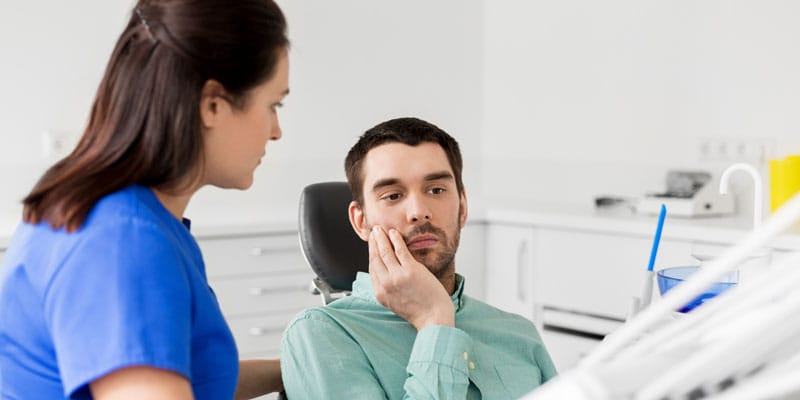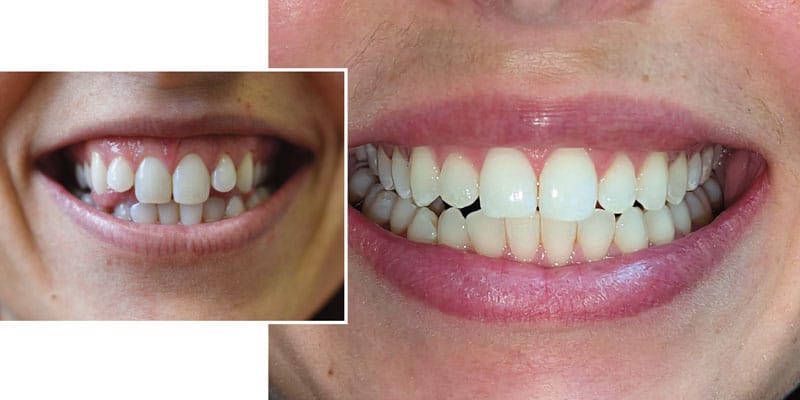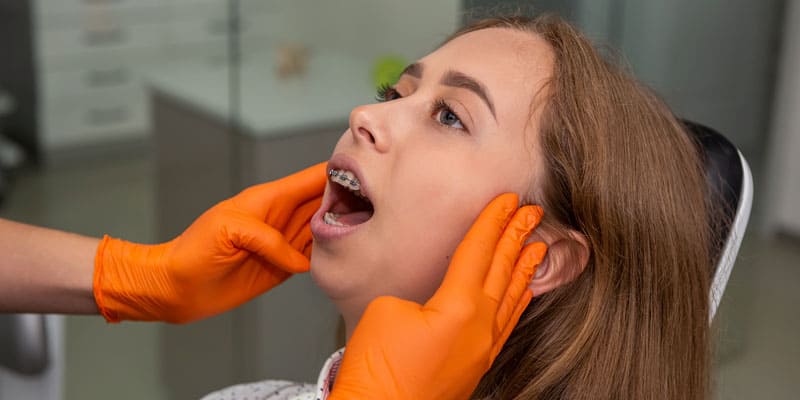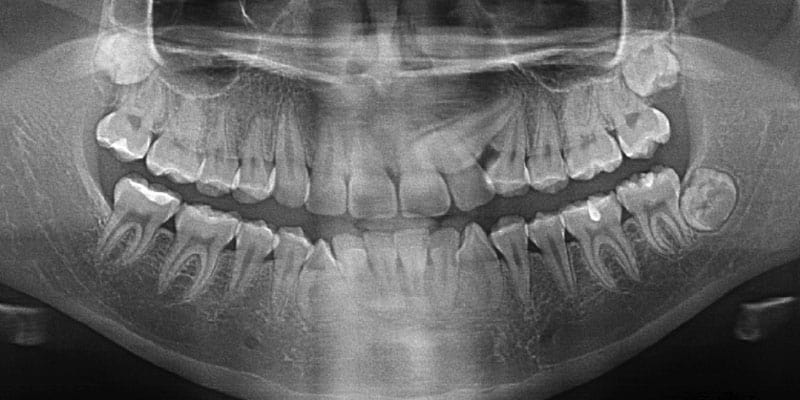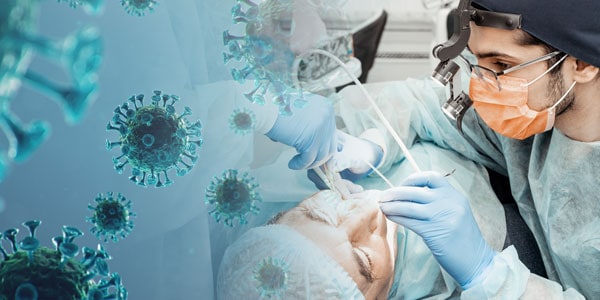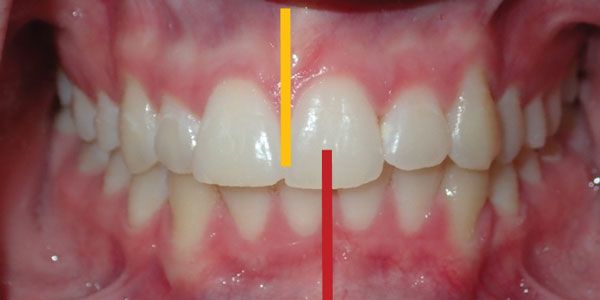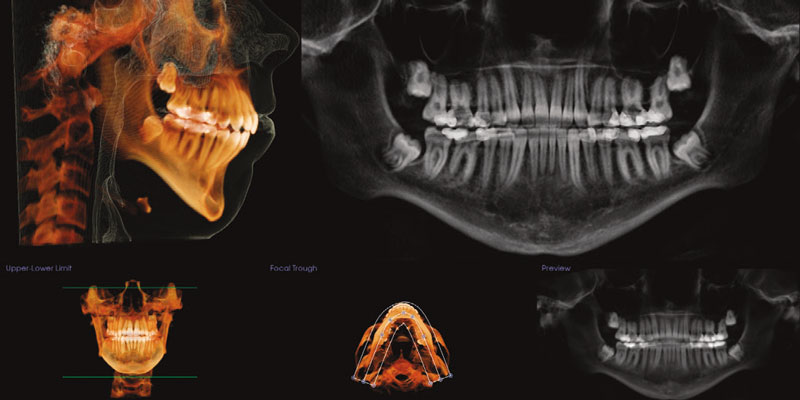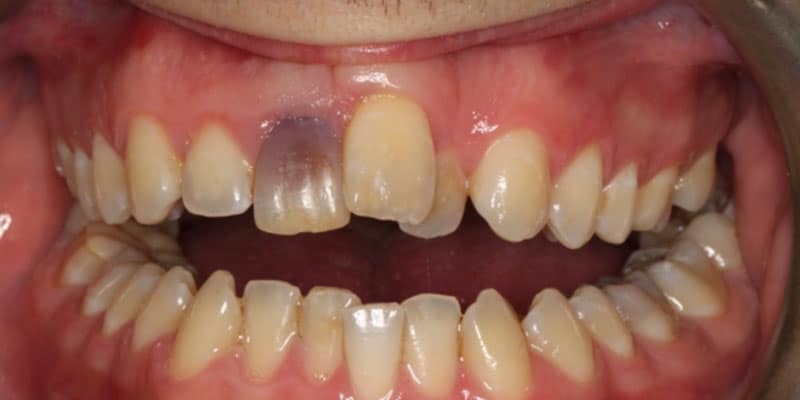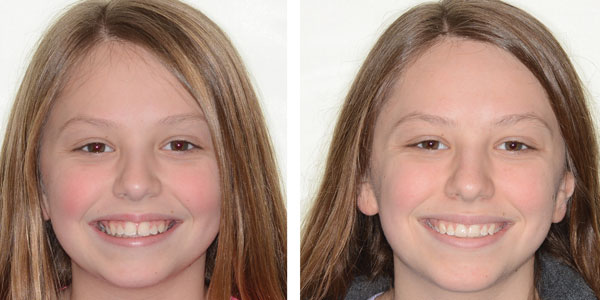Dr. Kyle Fagala and Kayla Hallen offer strategies to attract new patients When you think of practice management, what comes ...
Dr. Michael Bicknell discusses an educational opportunity for building practice strategies In today’s evolving orthodontic field, effective practice management is ...
Lisa MolerFounder/Publisher,MedMark Media Droughts, heat waves, rain, hurricanes, blizzards, tornadoes, wildfires, and earthquakes, or beautiful sunshine — no matter where ...
Dr. William E. Harrell, Jr. offers some insights into the history, growth, and importance of airway health There is a ...
Gary Salman explains how to reap the benefits of AI more safely As artificial intelligence (AI) continues to permeate various ...
Claudia Pinter, DMD “I want to improve my smile, but braces are not an option.” I hear this so often ...
Dr. David Lowe Real-world experiences As the popularity of digital bonding using DIBS AI from OrthoSelect continues to grow, we ...
(And how it saves time and money) When Dr. Paul Trotter took over his father’s practice, he faced a big ...
Dr. Gregori M. Kurtzman offers ways to preserve orthodontic outcomes Occlusion plays a pivotal role in determining the long-term success ...
A floating orthodontic think tank This past September, spared by the weather gods, orthodontists met on the high seas for ...
Dr. Claudia Pinter in her practice Dr. Claudia Pinter discusses an essential tool in her orthodontic practice As a young ...
Judith Dember-Paige, BSOHP, COM®, discusses how transformation sometimes takes years, but it’s worth the effort Stan was referred to my ...
Dr. Maria Sokolina discusses a game-changer in long-term stability and sleep apnea treatment Abstract Orthodontic treatments often face challenges related ...
Dr. Gabriela Aurora Asensi discusses treatment of a special needs patient Abstract A case of an unexpectedly found compound odontoma ...
Dr. Brett E. Gilbert and Sue Jeffries discuss the importance of providing a safe space in support of dentists’ mental ...
Drs. Chadwick Augusty, Shadbeh Taghizadeh, Vincent Graves, John Stockstill, and Courtney McCracken (biostatistics) study the perceived association between orthodontics and ...
Drs. Francesca Scilla Smith and Larry W. White discuss centric occlusion, centric relation, and the role of canines Canines Prior ...
Dr. Maria L. Geisinger discusses likely modes of transmission for the virus that causes COVID-19 Aerosols created during dental procedures ...
Editor’s intro: Using combination treatment plans allows Dr. Adam Schulhof to approach appliances like menu options — let him whet your appetite ...
Editor’s intro: Dr. Patrik Zachrisson shows how CEREC Ortho is a very versatile software that has many uses apart from the popular ...
Editor’s Intro: Even Tom Cruise flashes an imperfect smile. Model wide-raging smile esthetics with celebrity photos. Dr. Donald J. Rinchuse discusses ...
Dr. James J. Jasper discusses the efficacy of the Jasper Vektor® Appliance Introduction From the beginning of the modern ortho-dontic ...
Dr. Andrew Wallace uses the principles of “smile design” for a patient seeking cosmetic improvement of his upper and lower ...
Dr. Jacquee Schieck avoided orthognathic surgery for this high school patient Introduction Orthodontists are trained in moving teeth and improving ...
Dr. Jane Wright illustrates the clinical and esthetic concerns that drove the treatment plan for this patient Growing up in ...
Dr. Brigham Stoker illustrates a combination of treatment over 4 years Achieving the bright, confident smile our patients desire can ...
Drs. Jeffrey Miller and Claire Miclat show how CBCT can help an orthodontist plan more strategically Introduction When treating patients ...
Drs. Emad Hussein, Sari Amer, Yazan Ashhab, Khaled Qattawi, Mohammad Abo Mowais, Nezar Watted, Zuhir Anani, and Manal Samarah treat a ...
Dr. Manika Agarwal discusses relying on our strengths to develop a versatile approach The choice The prevalence of social media, ...
Dr. Jeffrey M. Heinz illustrates a clinical case study treated with Spark™ Clear Aligners In my practice, I have traditionally ...
Figure 1: Katelyn Dr. Todd Rankin shares a story of extraordinary teamwork and the stunning transformation of a young woman ...
Dr. Diego Peydro demonstrates treatment for an open bite in seven appointments Introduction Over the years, there have been many ...
Dr. Bill Dischinger illustrates treating a patient’s narrow arches and anterior open bite with clear aligner therapy My orthodontic training ...
Dr. Aron Dellinger discusses treatment with the Roncone PhysioDynamic System (PDS) application of the 20/20 molar bracket Initial impressions utilizing ...
Dr. Bradford Edgren illustrates a patient with dysfunctional remodeling of the condyle A healthy 16-year 10-month-old female presented for a ...
SAN CLEMENTE, CA, UNITED STATES, March 13, 2025: Angelalign Technology Inc. (HK:6699) (Angel Aligner™) www.angelaligner.com a global leader in orthodontic ...
ATLANTA, GA - [2/18/2025] - EasyRx, a leader in dental and orthodontic lab management software, has introduced two new features ...
Chicago, IL - LuxCreo, a global leader in personalized medical and dental devices, announced today the release of its latest ...
Former Philips Personal Health CEO Egbert van Acht Joins Board of Directors Khosla Ventures, Global Asset Capital, Ensemble Innovation Ventures, ...
(Tonawanda, New York) Great Lakes is proud to announce completion of a meticulous assessment process to earn designation as a ...
SOUTH JORDAN, Utah January 14, 2025. Ultradent Products, Inc., a leading developer and manufacturer of high-tech dental materials, is donating ...
Achieves remarkable 2,985% growth, driven by commitment to personalized orthodontic care BURLINGTON, MA, November 21, 2024 - LightForce Orthodontics, makers ...
Clarity Precision Grip Attachments are fully cured, pre-loaded and precisely resemble the digital treatment plan after bonding (ST. PAUL, Minn.) ...
As Dentsply Sirona's SureSmile celebrates its 30th anniversary, the journey of transforming orthodontics continues. SureSmile's pioneering innovations in hardware and ...
Three-term Georgia Senator and renowned healthcare provider addresses graduates ATLANTA, GA (September 2024) -- Atlanta-based Georgia School of Orthodontics ...
Early orthodontic treatment aims to detect malocclusions at an early stage and stop their development. The silicone eruption guidance appliance ...
Lund, Sweden - A groundbreaking clinical study titled "Efficacy of Regular Home Use of Dual-Light Photodynamic Therapy on Oral Health ...
FOLLOW US ONLINE
Useful Links
Subscribe Today
Online Dental CE
Copyright © 2024 Orthodontic Practice US - Dental Journal and Online Dental CE | MedMark LLC
15720 North Greenway Hayden Loop, Suite #9 Scottsdale, AZ 85260 | All rights Reserved | Privacy Policy | Terms & Conditions
![]()







